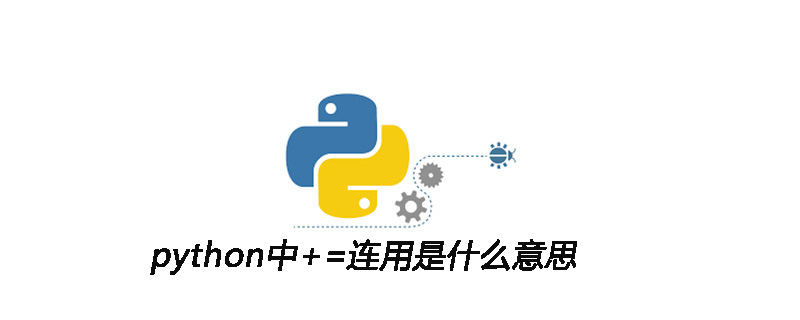
For variable types, we can modify the variables in situ, which means that its storage space is readable and writable, such as list; for immutable types, its storage space is It is read-only and cannot be modified. If you need to perform certain operations on the immutable type to get new results, you need to create a new storage space to store the new results.

For variable types: = represents the append operation, that is, the in-place operation, which appends the content of another object to the object in place.
For immutable types: = represents a connection or sum operation, and the result of the operation will produce a new object.
>>> l = [1, 2, 3, 4, 5] >>> id(l) 43142024 >>> l += [0]*5 >>> l[1, 2, 3, 4, 5, 0, 0, 0, 0, 0] >>> id(l) 43142024
When using =, there is one before and after "l".
Related recommendations: "Python Video Tutorial"
>>> t = (1, 2, 3, 4, 5) >>> id(t) 45438232 >>> t += (0,)*5 >>> t(1, 2, 3, 4, 5, 0, 0, 0, 0, 0) >>> id(t) 45674568
When we replace the list with a tuple, the result changes again.
>>>s = "hello" >>> id(s) 45794056 >>>s += "world" >>> s'helloworld' >>> id(s) 45495920
The result is like a tuple, "s" is reassigned after using = to concatenate a string, and is no longer the previous variable. Reflected in the memory, "s" has been opened up an additional storage space to store the value.
The above is the detailed content of What does += mean when used together in python?. For more information, please follow other related articles on the PHP Chinese website!